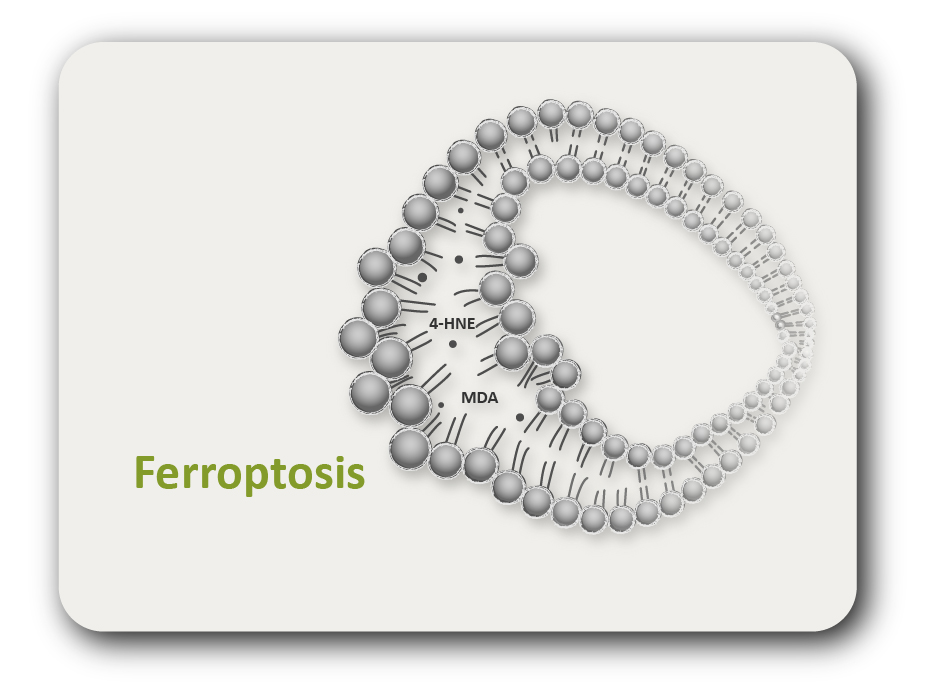ARG70485
Mouse Napsin A recombinant protein (His-tagged)
Mouse Napsin A recombinant protein (His-tagged) for SDS-PAGE
概述
| 产品描述 | CHO expressed, His-tagged Mouse Napsin A recombinant protein. |
|---|---|
| 应用 | SDS-PAGE |
| 靶点名称 | NAPSIN A |
| 物种 | Mouse |
| A.A. 序列 | Met1 - Gly419 |
| 表达系统 | CHO |
| Protein Full name | Napsin-A |
| 別名 | NAPSA; Napsin A Aspartic Peptidase; NAP1; NAPA; Kdap; KAP; Kidney-Derived Aspartic Protease-Like Protein; Aspartyl Protease 4; TA01/TA02; Napsin-A; Napsin-1; Asp 4; ASP4; EC 3.4.23.15; Pronapsin A; EC 3.4.23.-; EC 3.4.23.5; EC 3.4.23.3; EC 3.4.23; SNAPA |
属性
| 形式 | Powder |
|---|---|
| 纯化说明 | Endotoxin level is less than 0.1 EU/µg of the protein, as determined by the LAL test. |
| 纯度 | > 95% (by SDS-PAGE) |
| 缓冲液 | PBS (pH 7.4) |
| 复溶 | It is recommended to reconstitute the lyophilized protein in sterile water to a concentration not less than 200 μg/mL and incubate the stock solution for at least 20 min at room temperature to make sure the protein is dissolved completely. |
| 存放说明 | For long term, lyophilized protein should be stored at -20°C or -80°C. After reconstitution, aliquot and store at -20°C or -80°C for up to one month. Storage in frost free freezers is not recommended. Avoid repeated freeze/thaw cycles. Suggest spin the vial prior to opening. |
| 注意事项 | For laboratory research only, not for drug, diagnostic or other use. |
生物信息
| 基因名称 | NAPSA |
|---|---|
| 全名 | Napsin A Aspartic Peptidase |
| 背景介绍 | This gene encodes a member of the peptidase A1 family of aspartic proteases. The encoded preproprotein is proteolytically processed to generate an activation peptide and the mature protease. The activation peptides of aspartic proteinases function as inhibitors of the protease active site. These peptide segments, or pro-parts, are deemed important for correct folding, targeting, and control of the activation of aspartic proteinase zymogens. The encoded protease may play a role in the proteolytic processing of pulmonary surfactant protein B in the lung and may function in protein catabolism in the renal proximal tubules. This gene has been described as a marker for lung adenocarcinoma and renal cell carcinoma. [provided by RefSeq, Feb 2016] |
| 生物功能 | May be involved in processing of pneumocyte surfactant precursors. [Uniprot] |





